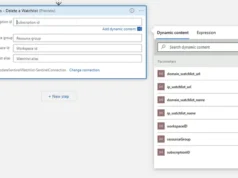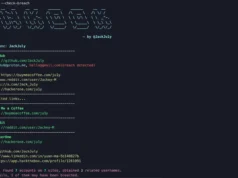Web Path Finder is a Python program that provides information about a website. It retrieves various details such as page title, last updated date, DNS information, subdomains, firewall names, technologies used, certificate information, and more.
Features And Benefits
- Retrieve important information about a website
- Gain insights into the technologies used by a website
- Identify subdomains and DNS information
- Check firewall names and certificate details
- Perform bypass operations for captcha and JavaScript content
Getting Started
- Clone the repository:
git clone https://github.com/HalilDeniz/PathFinder.git2. Install the required packages:
pip install -r requirements.txtThis will install all the required modules and their respective versions.
Usage
Run the program using the following command:
┌──(root????denizhalil)-[~/MyProjects/]
└─# python3 pathFinder.py --help
usage: pathFinder.py [-h] url
Web Information Program
positional arguments:
url Enter the site URL
options:
-h, --help show this help message and exitReplace <url> with the URL of the website you want to explore.
Example Output
Here is an example output of running the program:
┌──(root????denizhalil)-[~/MyProjects/]
└─# python3 pathFinder.py https://www.facebook.com/
Site Information:
Title: Facebook - Login or Register
Last Updated Date: None
First Creation Date: 1997-03-29 05:00:00
Dns Information: []
Sub Branches: ['157']
Firewall Names: []
Technologies Used: javascript, php, css, html, react
Certificate Information:
Certificate Issuer: US
Certificate Start Date: 2023-02-07 00:00:00
Certificate Expiration Date: 2023-05-08 23:59:59
Certificate Validity Period (Days): 90
Bypassed JavaScript content: 


























.webp)